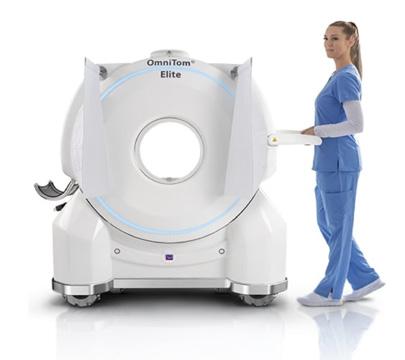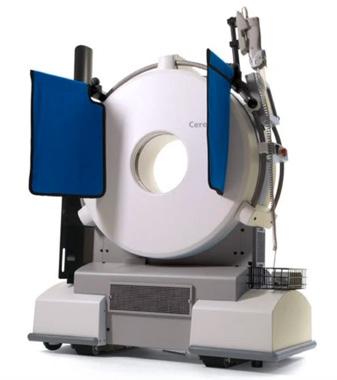
3 minute read
Did You Take Your Lunch Break? An Overview of California Labor Laws
By Jason Eldred, Wilke Fleury LLP, 2023 Pacific Veterinary Conference Speaker
Most workers classified as independent contractors are actually employees. This is important because employees are protected by more California wage and hour laws than independent contractors.
Once a worker is properly classified, the employer is responsible for ensuring that the employee is paid all wages owed pursuant to law. There are strict rest periods that are codified in state and federal law. Employers are responsible for ensuring compliance with all applicable laws.
for such employees must, insofar as it is practicable, be in the middle of each work period and must be at the minimum rate of ten consecutive minutes for each four hours or major fraction thereof. “On-duty rest periods” are unlawful in California. The employer must relieve employees of all workrelated duties and relinquish any control over how employees spend their time during required rest periods.
Does anyone understand all the nuances of federal and California wage and hour laws? Employers are responsible for understanding and following the law, while employees should be advised of their rights and obligations.
Worker Classification
The first issue to address is whether a worker is an employee at all. California recently changed its framework for how workers are classified. Most commonly, workers are classified as independent contractors or employees. With the codification of the ABC test in 2019 (typically from which veterinarians, but not veterinary support staff, are exempt), a worker is considered an employee, and not an independent contractor, unless:
• The worker is free from the control and direction of the hiring entity
• The worker performs work that is outside the usual course of the hiring entity’s business, and
• The worker is customarily engaged in an independently established trade, occupation, or business of the same nature as that involved in the work performed.
Meal Periods
One common area where employers expose themselves to liability is understanding what an employer must do to legally comply with the obligation to “provide” meal periods. Under California law, an employer has a duty to provide meal periods to employees that work more than 4 hours per workday. To qualify as a meal period, all of the following must be satisfied: (1) the meal period relieves the employee of all duties; (2) the employee relinquishes control over their activities; (3) the employer must permit the employee a reasonable opportunity to take an uninterrupted 30-minute break; and (4) the employer does not impede or discourage the employee from taking breaks. An employer is not responsible for policing meal periods.
Rest Breaks
Rest breaks are a bit trickier. California wage and hour laws require employers to “authorize and permit” rest periods for nonexempt employees whose total daily work time is at least 3 ½ hours. The mandatory rest periods
This is just a basic overview of issues pertaining to worker classification, meal periods, and rest breaks under California law. There are several important exceptions and nuances that employers and employees should consider. As more and more employers are offering remote work, mobile work, and modified work schedules, ensuring compliance with federal and California wage and hour laws is that much more difficult. We will cover these and related items in more detail on Sunday, June 11 at the Pacific Veterinary Conference.
Jason Eldred represents businesses and business owners in a wide array of civil litigation matters. He has experience representing clients spanning multiple fields, including construction companies, real estate companies, and medical professionals. Prior to joining Wilke Fleury, Jason worked at a general practice firm handling both litigation and transactional matters. Jason’s practice primarily consists of business litigation, employment law advising and litigation, and bankruptcy.
Now you can offer your clients the convenience of advanced imaging in your hospital. No travel is necessary, Mobile Animal CT comes to you. CT imaging can help you provide your clients with a diagnosis in the most challenging cases.


Mobile Animal CT brings state of the art CT imaging to your hospital using Neurologica’s CereTom or OmniTom; 8 and 16 slice FDA approved helical scanners.

Clinical indications for CT include: complicated fractures (especially pelvic and facial); chronic nasal discharge; soft tissue & bone tumors (including many brain tumors); chronic ear disease; trauma; elbow dysplasia; met checks, IVDD & many others. See our web page for additional Computed Tomography Applications.











